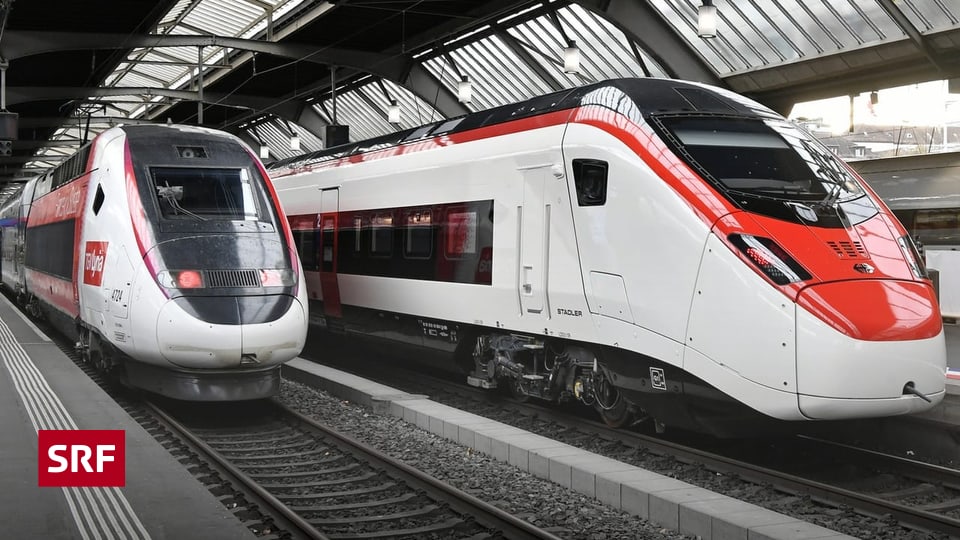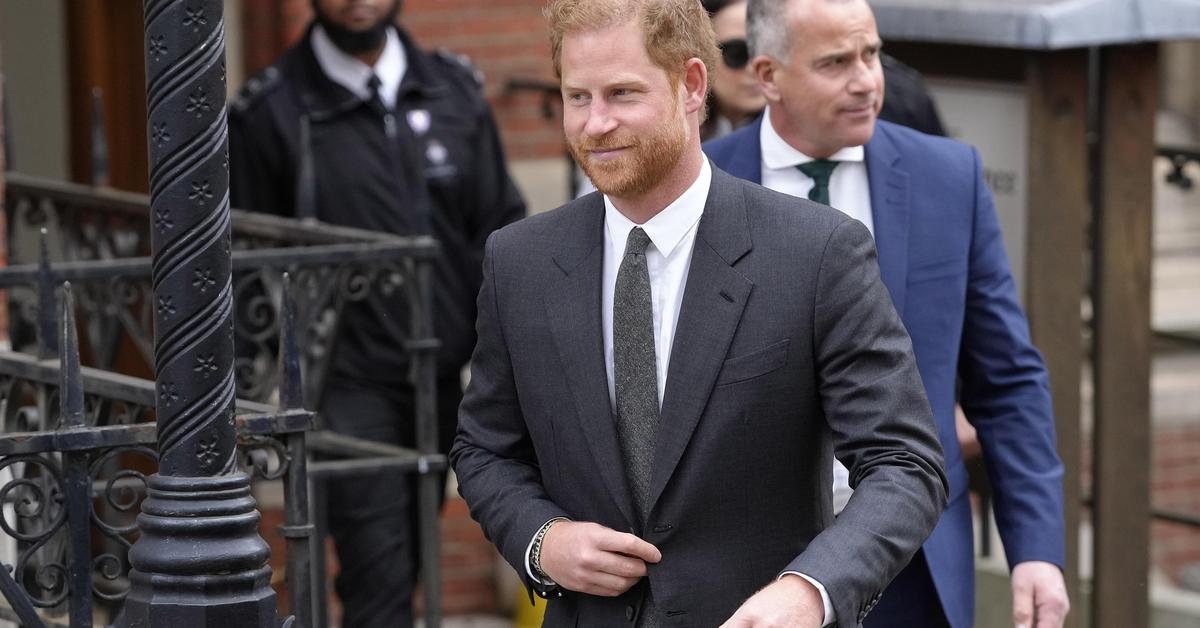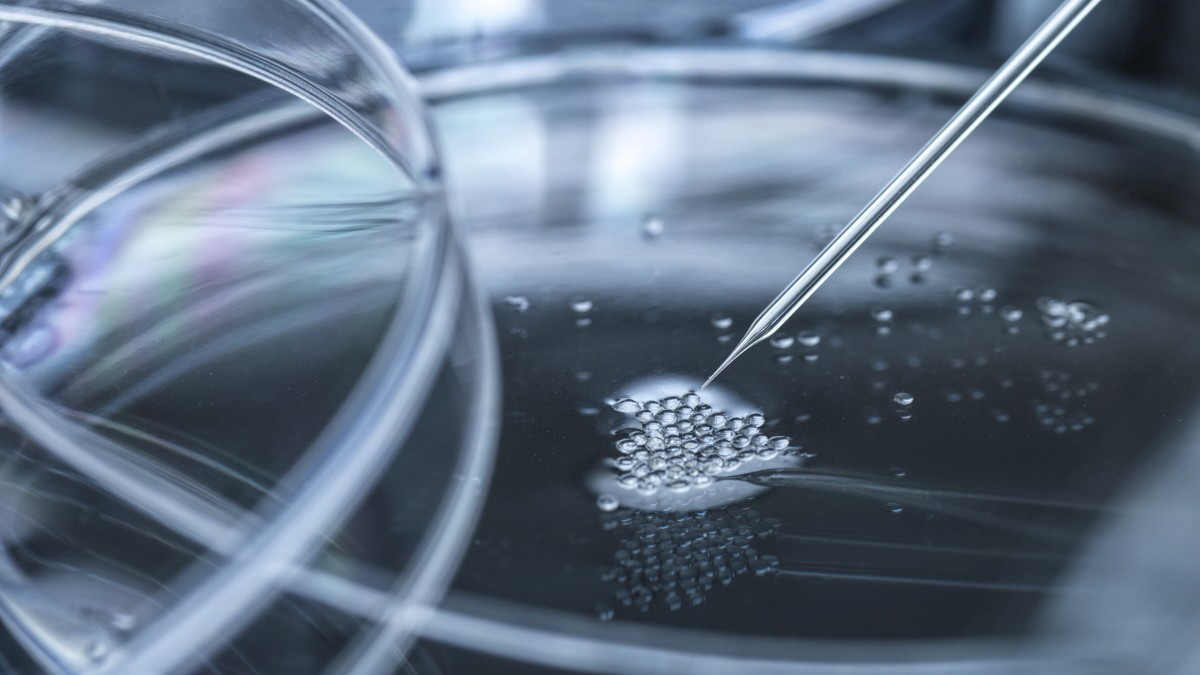Artificial fetus is a term that has a somewhat frightening effect. A Chinese research group has grown such artificial embryos from monkey stem cells, allowed them to grow in the laboratory for a few days and implanted them in the wombs of female monkeys. The team led by neuroscientist Chen Liu of the Chinese Academy of Sciences (CAS) in Shanghai was able to detect hormonal signs of early pregnancy in three out of eight female monkeys. However, the cellular structures called embryos did not develop further in the womb, but disappeared within a few days.
For experts not involved in the work, this does not mean that a milestone in reproductive research has been reached. Today, it cannot be ruled out that “embryos have fundamental differences compared to real embryos that stand in the way of full development into a viable organism,” says Rudiger Beer, head of the degenerative disease research platform at the German Primate Center in Göttingen. .
“Creating synthetic monkey embryos is much more complicated.”
Last summer, two research groups made progress with artificial mouse embryos. In embryos grown from mouse stem cells, the heart began to beat and other organs began to form. Experts at that time unanimously called the work a breakthrough. However, monkey embryos are more like human embryos than rat embryos. “This may be the authors’ motivation for creating artificial monkey embryos,” says Malte Spielmann, director of the Institute of Human Genetics at the University Medical Center Schleswig-Holstein.
However, it is not surprising that producing synthetic monkey embryos is much more complex than producing synthetic rat embryos. According to Spellman, this so-called proof-of-concept study failed because the embryos of the artificial monkeys were not viable and no pregnancy occurred. “In my view, the experiment does not provide any significant additional insights.” In his opinion, it would have been different if the artificial embryos had gone through the entire process of organ development. “This would open the door to making fully artificial organs and studying them in the lab. Currently, all experiments fail before this critical window.”
After all, the Chinese team’s experiments confirm once again previous work in mice and the amazing ability of stem cells to self-organize into embryonic structures even in vitro. Like the group about Leo in the magazine stem cell cells mentionedMonkey embryos were developed in vitro for up to eighteen days until the early stage of organ development; There were indications of the emergence of precursors of germ cells and hematopoietic tissues.
According to Liu and his team, the embryos created from embryonic stem cells are morphologically very similar to the 8- to 9-day-stage embryos formed naturally through fertilization. Therefore, its animal model is suitable for research into the early stages of embryonic development without the need to experiment with human embryos. Because this business is restricted all over the world.
Until now, in most countries, you could only work with embryos that had been grown in the laboratory for a maximum of 14 days. In Germany, the law on the protection of embryos has so far prohibited experiments on human embryos. It remains largely unclear how work with artificial embryos, which were not created by fertilization of an egg cell but grown from stem cells, should be evaluated.
With materials from the Science Media Center (SMC).

“Tv expert. Hardcore creator. Extreme music fan. Lifelong twitter geek. Certified travel enthusiast. Baconaholic. Pop culture nerd. Reader. Freelance student.”



![Upgrade using 20 GPUs and 20 CPUs in testing [Update 3]](https://www.pcgameshardware.de/screenshots/original/2022/10/Manor-Lords-01-pc-games_artwork.jpg)



More Stories
Alternative Music Scene – Max Schabl & the Mouse People hit #1 on the Austrian indie charts
How did life begin on Earth? Munich researchers find important clues
Immunotherapy as conversion therapy